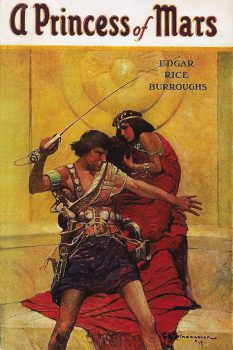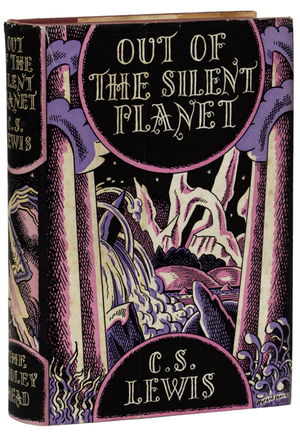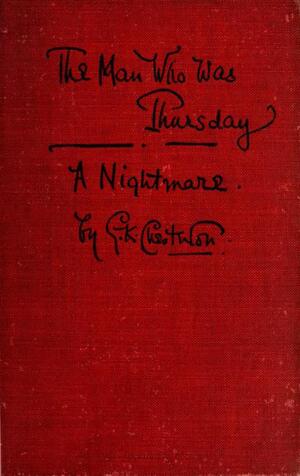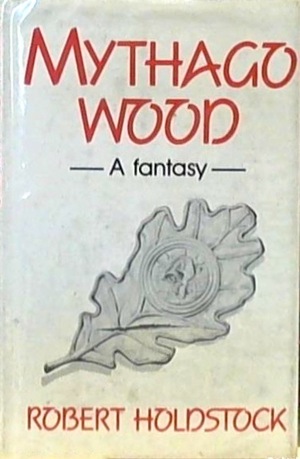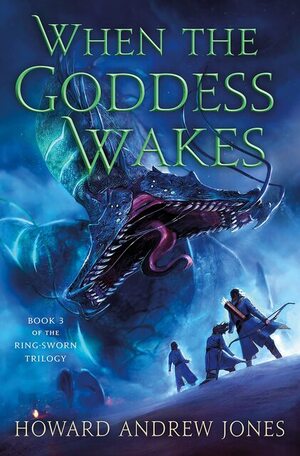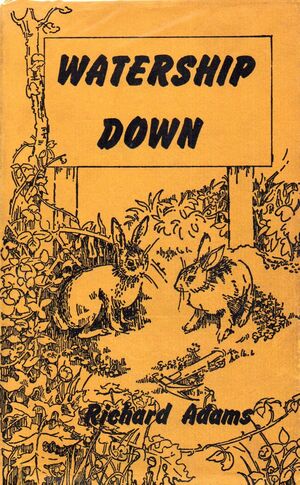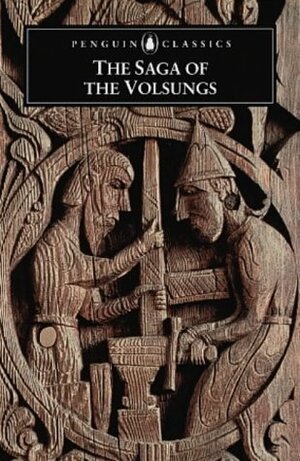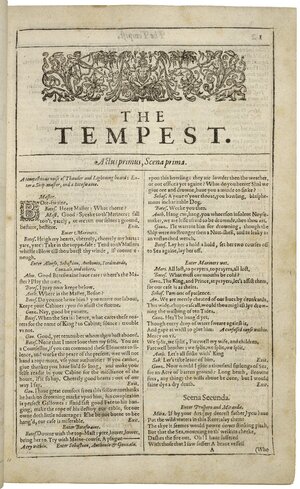Invasion! The War of the Worlds by H.G. Wells
Across the gulf of space, minds that are to our minds as ours are to those of the beasts that perish, intellects vast and cool and unsympathetic, regarded this earth with envious eyes, and slowly and surely drew their plans against us.
One hundred and twenty-five years after its first publication, H.G. Wells’s The War of the Worlds (serialized 1897, published 1898) remains a brutally effective tale of alien invasion and a critique of imperialism. I can’t remember how young I was when I read it for the first time, but I totally missed the anti-imperialism angle, even though it’s spelled out quite explicitly. Instead, like most readers I’ll bet, what got me were the Martians landing meteor-like in Surrey, the heat ray, and, above all else, the Martian war machines; the great metal tripods. In fact, when I first saw George Pal’s 1953 movie version, I was outraged (and I still am) that he cheaped out and turned Wells’ tripods into legless, floating discs.
Along with Jules Verne, H.G. Wells is responsible for turning science fiction into a popular genre. While Verne seemed more concerned with cool technology, Wells’s literary imagination turned to the big ideas of his age: evolution, class, imperialism, among others. His early run of novels — The Time Machine, The Island of Doctor Moreau, The Invisible Man, and The War of the Worlds — are some of the most iconic and influential novels, let alone science fiction novels, of all time. They’ve been filmed numerous times and inspired hundreds of other books. Each one of them is absolutely worth your time (and, hey, they’re all free on Project Gutenberg).
